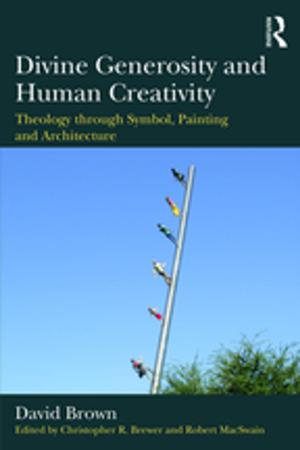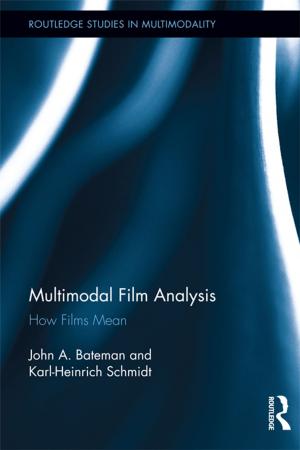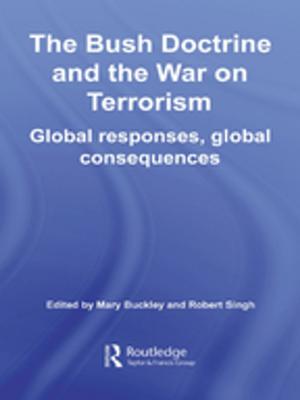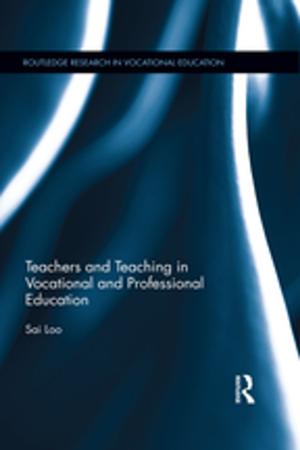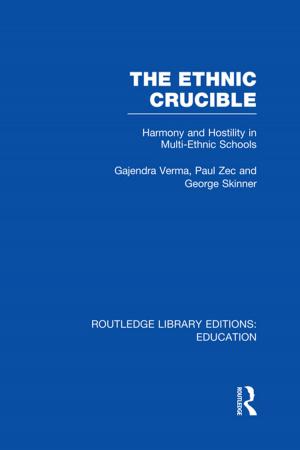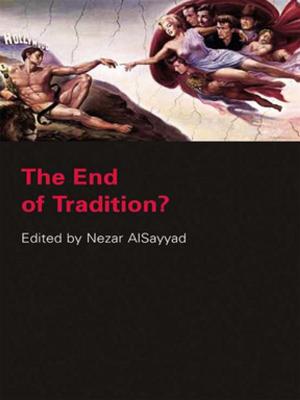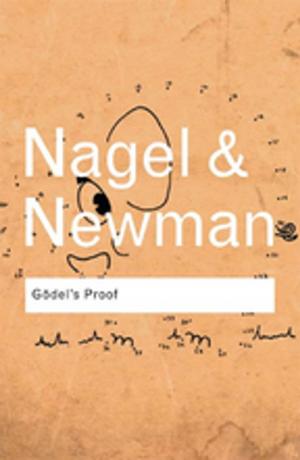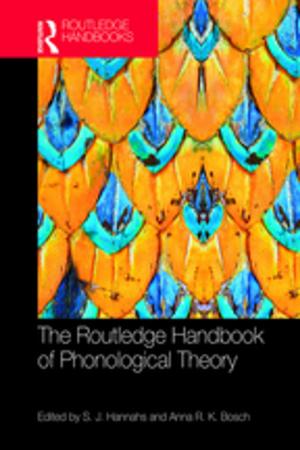Integration vs. Autonomy
Civil-military Relations on the Kola Peninsula
Nonfiction, Social & Cultural Studies, Social Science, Sociology| Author: | Geir Hønneland, Anne-Kristin Jørgensen | ISBN: | 9780429853876 |
| Publisher: | Taylor and Francis | Publication: | December 21, 2018 |
| Imprint: | Routledge | Language: | English |
| Author: | Geir Hønneland, Anne-Kristin Jørgensen |
| ISBN: | 9780429853876 |
| Publisher: | Taylor and Francis |
| Publication: | December 21, 2018 |
| Imprint: | Routledge |
| Language: | English |
Published in 1999. On the basis of leading theoretical work on civil-military relations, the authors elaborate their own model, emphasising the continuum between military autonomy (which has traditionally characterised the military sector in Russia) and integration with civil society (which one might expect would be the result of the political changes having taken place in Russia over the past decade). Three Indicators of this relation are selected; the participation of military personnel in civilian life, and it particular politics; the status of closed cities; conversation of military industry to civilian production.
These indicators are investigated at the federal level and at the regional level pertaining to Murmansk oblast’ (the Kola Peninsula), which is one the most heavily militarised areas of the world. The study is based on intensive ‘on-the-spot’ data gathering in Murmansk, including interviews with officers, redundant officers and inhabitants of such closed cities.
Published in 1999. On the basis of leading theoretical work on civil-military relations, the authors elaborate their own model, emphasising the continuum between military autonomy (which has traditionally characterised the military sector in Russia) and integration with civil society (which one might expect would be the result of the political changes having taken place in Russia over the past decade). Three Indicators of this relation are selected; the participation of military personnel in civilian life, and it particular politics; the status of closed cities; conversation of military industry to civilian production.
These indicators are investigated at the federal level and at the regional level pertaining to Murmansk oblast’ (the Kola Peninsula), which is one the most heavily militarised areas of the world. The study is based on intensive ‘on-the-spot’ data gathering in Murmansk, including interviews with officers, redundant officers and inhabitants of such closed cities.

